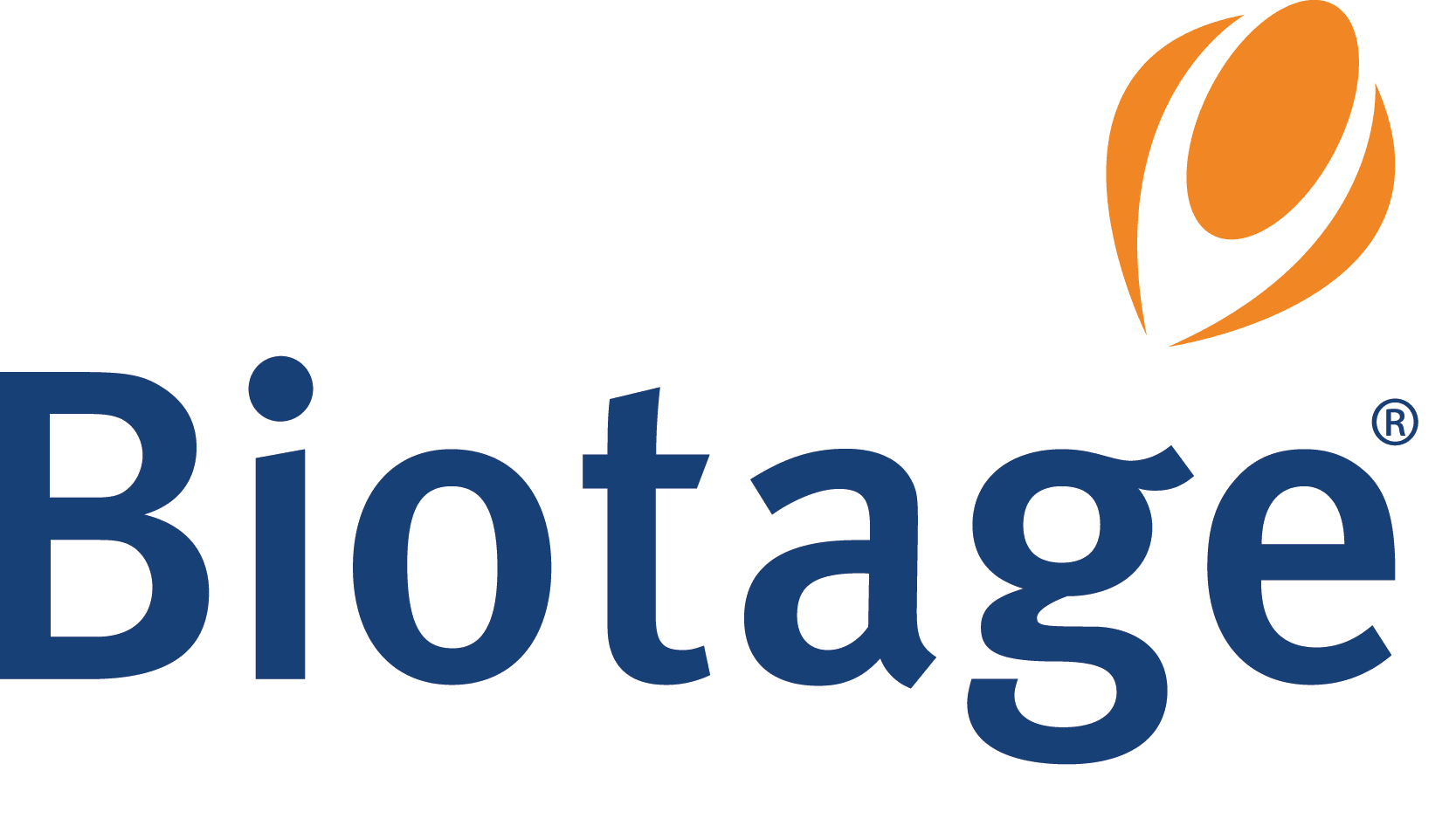Introduction
UHPLC columns can significantly improve chromatographic separations, but they also present unique challenges. Once the UHPLC system components are optimized, perhaps your greatest concern is protecting the column from the damaging effects of microparticulates and sample contaminants.
An ultra-high performance column protection system, specifically designed for UHPLC systems using sub-2 μm and core-shell particle columns, can be used to extend column lifetime (saving both money and time through less frequent column replacement), while minimizing system troubleshooting and downtime.
 TN-1125 APPLICATIONS
TN-1125 APPLICATIONSResults and Discussion
It is well known that UHPLC systems and columns require higher levels of care and attention than traditional HPLC in order to reap their full ultra-high chromatographic performance benefits. Once system components are optimized, chromatographic cleanliness is vital to maintain UHPLC performance, and column protection is compulsory. Unprotected columns may suffer from reduced performance and lifetime, and may lead to an increased need for system troubleshooting and/or downtime.UHPLC columns packed with sub-2 μm particles tend to clog much more rapidly than traditional HPLC columns packed with larger 3 μm and 5 μm particles. This may be due to the fact that, not only is the interstitial space between the particles much smaller, but columns packed with sub-2 μm particles also use frits with a much smaller porosity compared to conventional HPLC columns. With a "tighter", more restricted flow path, any undissolved matter or particulates from the sample, the mobile phase, or the system (such as microparticulates shedding from piston seals and injection valve rotors), will quickly and irreversibly foul your UHPLC column. An easy way to extend the performance and lifetime of your UHPLC columns (either sub-2 μm fully-porous or core-shell media) is to prevent any contaminants from reaching the column by using the SecurityGuard™ ULTRA guard cartridge system (Figure 1). Presented in Figure 2 is an accelerated lifetime test using an endogenous biological matrix injected onto a core-shell column (Kinetex 2.6 μm C18 50 × 4.6 mm column Phenomenex, Inc. Torrance CA, USA). With the unprotected column (grey dots), sequential injections of the matrix lead to a steady and irreversible increase in backpressure. Without SecurityGuard ULTRA column protection, the increase in backpressure becomes exponential. This increase in backpressure will eventually lead to degraded chromatography, including band broadening and possibly peak splitting. As a result, method sensitivity, quantitation and peak identification may also be adversely affected. However, column lifetime is greatly extended by using the SecurityGuard ULTRA (black boxes). In this case, sequential injections of the matrix will still lead to an increase in pressure, but this is due to the particulates being captured in the SecurityGuard ULTRA itself, rather than in the UHPLC/HPLC column. Thus, by simply replacing the SecurityGuard ULTRA cartridge at regular intervals, backpressure returns to starting levels and effective column lifetime can be greatly extended.





